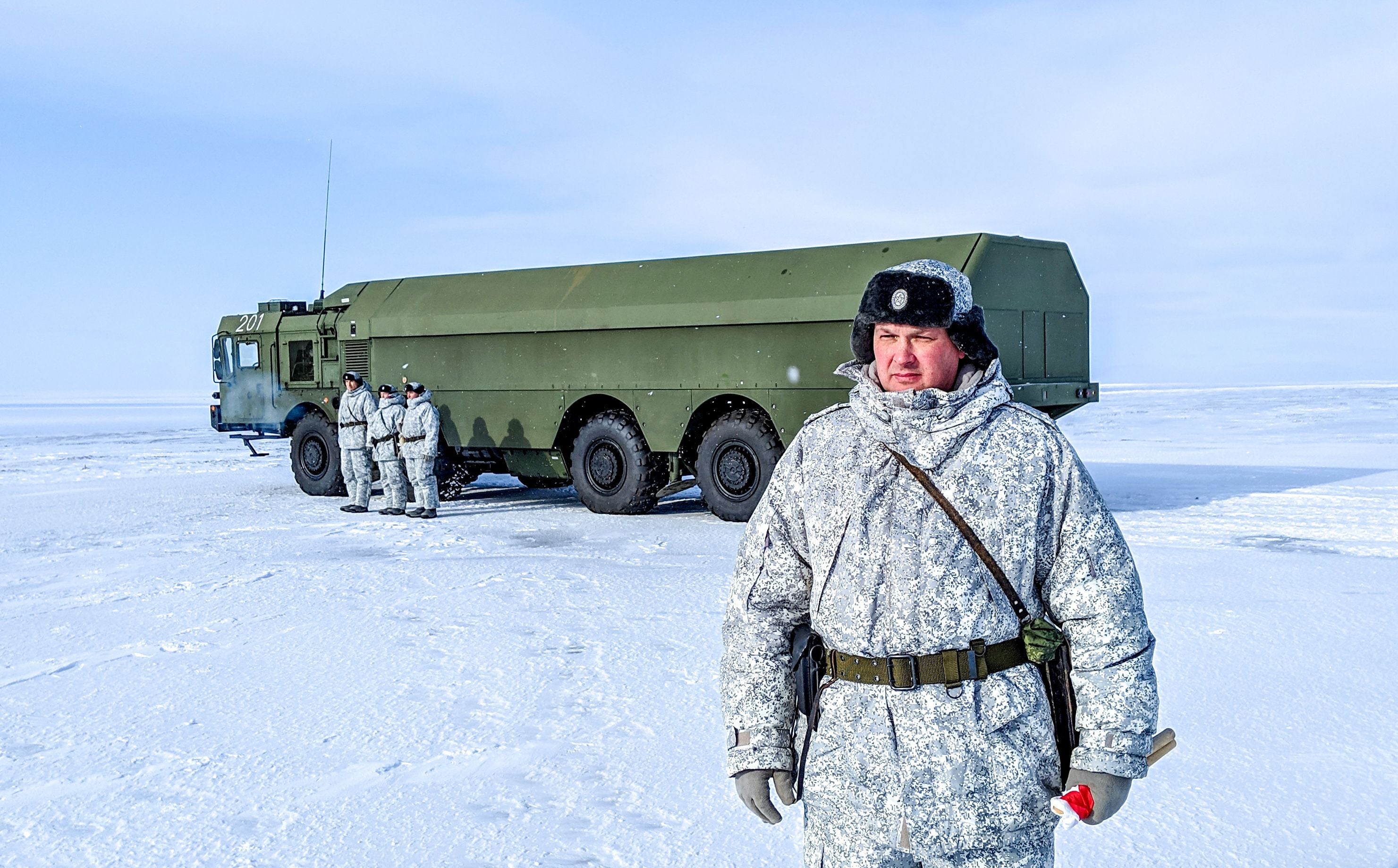
CLIMATEWIRE | For much of his career, Alaska-based scientist Vladimir Romanovsky has collaborated with colleagues back home in his native Russia on one of the most important — and enigmatic — aspects of Earth’s climate system.
They’ve been monitoring gradual shifts in Arctic permafrost, a type of carbon-rich frozen soil common in the chilliest parts of the world.
But in the last two years, these collaborations have grown cold.
On supporting science journalism
If you’re enjoying this article, consider supporting our award-winning journalism by subscribing. By purchasing a subscription you are helping to ensure the future of impactful stories about the discoveries and ideas shaping our world today.
Russia invaded Ukraine on Feb. 24, 2022 — sending shock waves around the world and disrupting international research. Sanctions and communication barriers between Russia and many other nations, including the United States, have made it increasingly difficult for scientists to work together.
Romanovsky’s project is one of many still suffering the consequences.
For the last two decades, Romanovsky and other scientists at the University of Alaska, Fairbanks — where he’s now a professor emeritus — have kept tabs on permafrost temperatures in North America and Eurasia with help from Russian scientists.
Researchers on either side of the Bering Strait have shared data, sent equipment back and forth and sometimes traveled between the U.S. and Russia to visit field sites and set up monitoring systems.
It’s crucial research. As permafrost warms and thaws, it releases large volumes of carbon dioxide and methane into the atmosphere, potentially worsening the progression of climate change and further accelerating Arctic warming.
The project didn’t halt immediately after Russia invaded Ukraine, Romanovsky said. Up until about a year ago, scientists in both countries still could communicate with one another, and the researchers in Alaska still were able to send funding to…
Read the full article here






